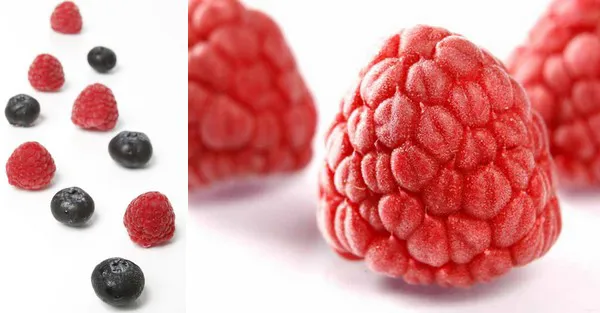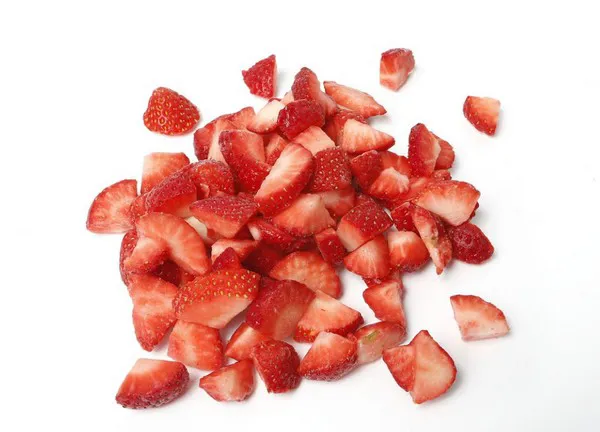The covid-19 pandemic has forced the frozen food industry in overcoming new challenges and seizing new opportunities. Consumers’ buying habits have changed and their perception of frozen food and there is an increasing demand for ‘no hand touch’ processing lines. During off seasons specifically, the available frozen food can fill in the gaps.
When IQF freezing berries the process starts with washing the produce and dicing them if required. The next step is pre-chilling, followed by the actual IQF freezing. However, according to Ruben Larsson, founder of Octofrost, not everyone follows this process in an optimal way: “Many producers’ capacity does not allow to pre-chill the product before the actual freezing process. As a solution, they often use their freezer as a chiller. This solution is a bad one, as you could save 30 per cent of the energy used when chilling the produce outside the freezer. At the same time, having a well-chilled product gives numerous advantages. For one, the freezer capacity increases by approximately ten per cent. Another factor is the increased time it will take before produce is defrosted, it actually is doubled. The quality is also significantly better, as one would find less surface issues and reduced block formation.”

IQF freezing raspberries, blueberries and strawberries
“The OctoFrost IQF Freezer balances the airflow and speed to create the best movement along the freezer. At the start of the freezer-process, the raspberries are still quite wet and soft. Thus a circulating fluidization is required to maintain separation and to properly surface freeze the product. The berries get more brittle as they get colder, so a reduction of air speed is required. Initially on zone two by bubbling fluidization and at the end of the freezer fixed bed fluidization. Combining the freezing procedure with zero drop at the freezer outfeed guarantees a minimum of any breakage in the produce.” Larsson explains.
Larsson goes on to explain the process of IQF freezing blueberries. “Freezing cultivated blueberries is sensitive to surface water, which in turn can crack the product. This means the optimal way to handle these blueberries is to chill them to about five degrees Celsius and dewatering them efficiently with the octoFrost dewatering/distribution shaker with Air-knife. The true circulating fluidization also contributes to polish the surface and remove flowers that otherwise can be a challenge.”

Strawberries destined for IQF freezing are usually frozen straight after harvesting. This preserves the vitamins, minerals and antioxidants. Additionally, freezing with with the OctoFrost IQF Freezer ensures low dehydration and prevents lumps from forming, while maintaining the strawberries’ smell, texture and taste.” Larsson concludes.
For more information:
OctoFrost Group
Email: sales@octofrost.com
www.octofrost.com
